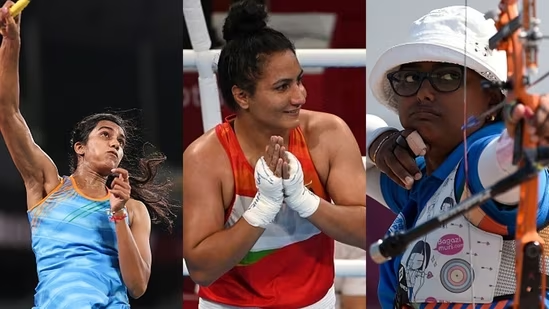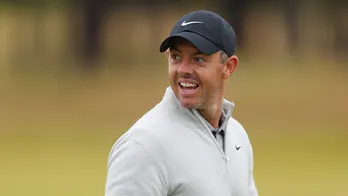Tokyo 2020: Respect the fight, not just the medal
The third day of a golf tournament is called “moving day” for players to race up the leaderboard and set themselves up for a fourth-round charge. In European football, which begins in August, November is “Movember” (not just the charity, the time to get a move on).  PREMIUM
PREMIUM
Wednesday and Thursday at Tokyo 2020 were India’s moving days.
PV Sindhu entered the quarterfinals in straight games. Boxers Lovlina Borgohain, Pooja Rani and Satish Kumar got themselves within one win of a medal. The Indian men’s hockey team overcame an embarrassing 7-1 loss to Australia to first take down Spain and then Olympic champions Argentina. Shooter Manu Bhaker appeared to put her personal and professional travails behind her by placing fifth in the first half of her qualification stage for the 25m pistol (eight will go through after the second round). Golfer Anirban Lahiri shot a four-under in his opening round. Archer Deepika Kumari stayed in the hunt by entering the Round of 16. And Atanu Das (with Deepika screaming advice and encouragement at her husband from the stands) held his nerve in the tensest moment he would’ve experienced in his career to pull out a 10 from his quiver in the shoot-off against South Korea’s Oh Jin-Hyek.
Also Read | Tokyo Olympics: Mary Kom slams IOC Boxing Task Force for 'poor judging'
Fair warning, it’s possible that none of these athletes end up with medals, that there is heartbreak instead of joy - for such is the nature of sport, particularly at an Olympics. But isn’t heartbreak, an emotion any sports follower should be well-acquainted with, so much better than indifference?
Medals are only one way to measure the march of a sporting nation such as India, which, let’s face it, still doesn’t have a system or culture that promotes excellence on the field of play. A better, more crucial yardstick is whether more of our athletes are being able to get in contention.
Also Read | Tokyo Olympics 2020 Full Coverage
After Mirabai Chanu’s silver got India up and running on Day 1, the Tokyo Olympics have been underwhelming, not because India did not win more medals but because enough athletes did not put themselves in positions from where they could. Positions from which we would care about their fate - from where a win was possible, and a loss would be devastating.
The lifeblood that sustains sport is the joy of triumph and the sweet misery of defeat; its kryptonite is cold apathy and cutting sarcasm.
The crucial shift effected by medals from Abhinav Bindra, Vijender Singh, Saina Nehwal, Mary Kom, PV Sindhu and Sushil Kumar (to name a few over the last three Olympics), and athletes such as Dipa Karmakar who swam against the current of history, was that they made us care about Olympic sport again. And it’s important that this sentiment gets reinforced at every Games.
It will, of course, take a lot more for India to occupy a more significant place on the global stage.
A few years ago, Pullela Gopichand pulled me aside at an event for a show-and-tell on what fundamentally ails Indian sport. He drew an isosceles triangle, and then drew two horizontal lines to divide the triangle into three parts. The largest section at the base, he said, was the number of people playing sport; the middle represented those who played competitively; and the tip represented the elite athletes, the cream that rises to the top. The problem, he went on, is that we still focus on the tiny section at the top, not realising that the sections that need attention are the ones below it. His point was that if the base is large enough, there will be more people playing competitively, and more elite athletes will automatically emerge.
The first step towards widening this base is for India to remain emotionally invested. At Tokyo 2020, we are back on track.
Postscript: India’s most valiant athlete went down swinging in the Round of 16 at her last Olympics. The TV commentator said it best: “Some sports have legends, women’s boxing has Mary Kom.”
Experience unrestricted digital access with HT Premium
Explore amazing offers on HT + Economist Start 14 Days Free Trial Already Subscribed? Sign In
Disclaimer: The copyright of this article belongs to the original author. Reposting this article is solely for the purpose of information dissemination and does not constitute any investment advice. If there is any infringement, please contact us immediately. We will make corrections or deletions as necessary. Thank you.







